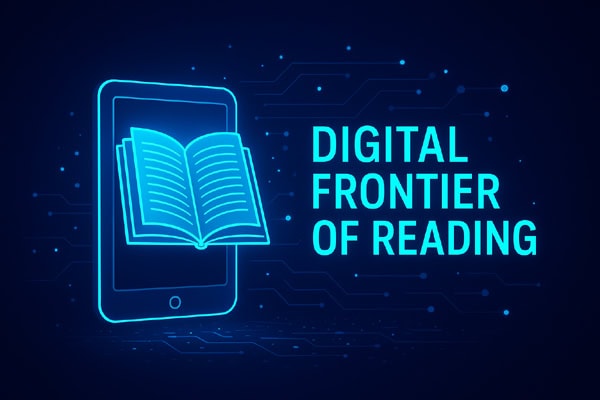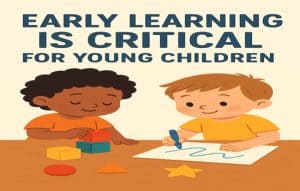
Table of Contents
Turning Pages Without Paper
Literature has always evolved with its audience. From clay tablets to printed books the act of reading reflects the tools of its time. Now the screen takes center stage. This shift is not just about replacing paper but about reimagining the reading experience itself. Touchscreens scroll bars and digital bookmarks have altered how stories are consumed. The rhythm of turning pages has given way to taps and swipes. And yet the story still holds power.
Fiction and non-fiction alike thrive online. Libraries once defined by architecture now exist in lines of code. With Z-library exploring vast learning materials becomes effortless. A few keystrokes open doors to centuries of knowledge. The bookshelf may have vanished from view but its contents remain within reach. A quiet revolution unfolds not with loud fanfare but with access.
The Changing Shape of Storytelling
Writers today must consider how screens shape attention. Paragraph length matters. Fonts matter. Tone and tempo shift to fit a new canvas. Stories no longer sit still. They stretch across devices and sometimes across platforms. Serialized fiction reemerges in blog posts and email newsletters. Readers encounter books not only by browsing shelves but through algorithms and search suggestions.
The intimacy of reading stays intact but the pathways into it have multiplied. Texts can now link to other texts. A character’s name may open a biography a map or a song. Interactivity was once rare in literature now it sneaks in through hyperlinks and multimedia. Not all stories need this flourish but many welcome the extra depth. The story expands without losing its center.
Why the Digital World Invites More Readers
Reading on phones or tablets fits into modern routines. It allows literature to sneak into lunch breaks bus rides and late-night pauses. No bag needed no bookshelf required. This ease lowers the barriers for curious minds and busy hands alike. Accessibility grows when the format fits the moment. Even the most reluctant readers find it easier to take that first step.
Physical libraries remain vital but digital libraries stretch their mission. They reach rural corners and crowded cities. A student in a quiet town and a commuter in a busy station both tap into the same archive. Through Wikipedia they learn what doors an e-library can open. Literature no longer waits for a quiet room. It meets the world where it is.
From the reflowable layout of e-books to the voice of audiobooks technology reshapes access and experience. It bridges old works and new formats. Classics are reborn not through translation but through transformation. Consider these emerging possibilities:
- Books That Talk Back
Audiobooks once limited to narrations now feature soundscapes and character voices. The result feels closer to theater. Listeners engage with tone pacing and background cues. For many this is not a compromise but a preferred way to experience story. It opens doors for those with different learning needs or simply different habits.
- Stories That Shift and Grow
Some writers now craft stories that change with each reading. Digital tools allow for variable paths and branching plots. Readers get a hand on the wheel choosing direction not just interpretation. The book becomes a journey rather than a fixed track.
- Shared Margins and Social Notes
Commenting features on some platforms create shared reading moments. A favorite quote sparks a discussion. A tough passage invites help. Reading stays personal but becomes slightly more communal. Margins once scribbled in pencil now host threaded conversations.
These innovations expand what literature can be without discarding what it has always been. At heart stories are still told to connect. They carry emotion insight and surprise. The format may change but the purpose holds.
Reading’s New Rhythm
Literature is no longer confined to ink and paper. It lives in motion pixels and soundwaves. This shift doesn’t mean one form replaces the other. Instead it adds layers. Bookshelves and bookmarks remain but they coexist with search bars and sync features. The definition of a book stretches just a little more.
In this expanding landscape readers choose pace tone and method. The page has not disappeared. It has simply found new ways to turn.
Follow – https://sggreek.com for More Updates


